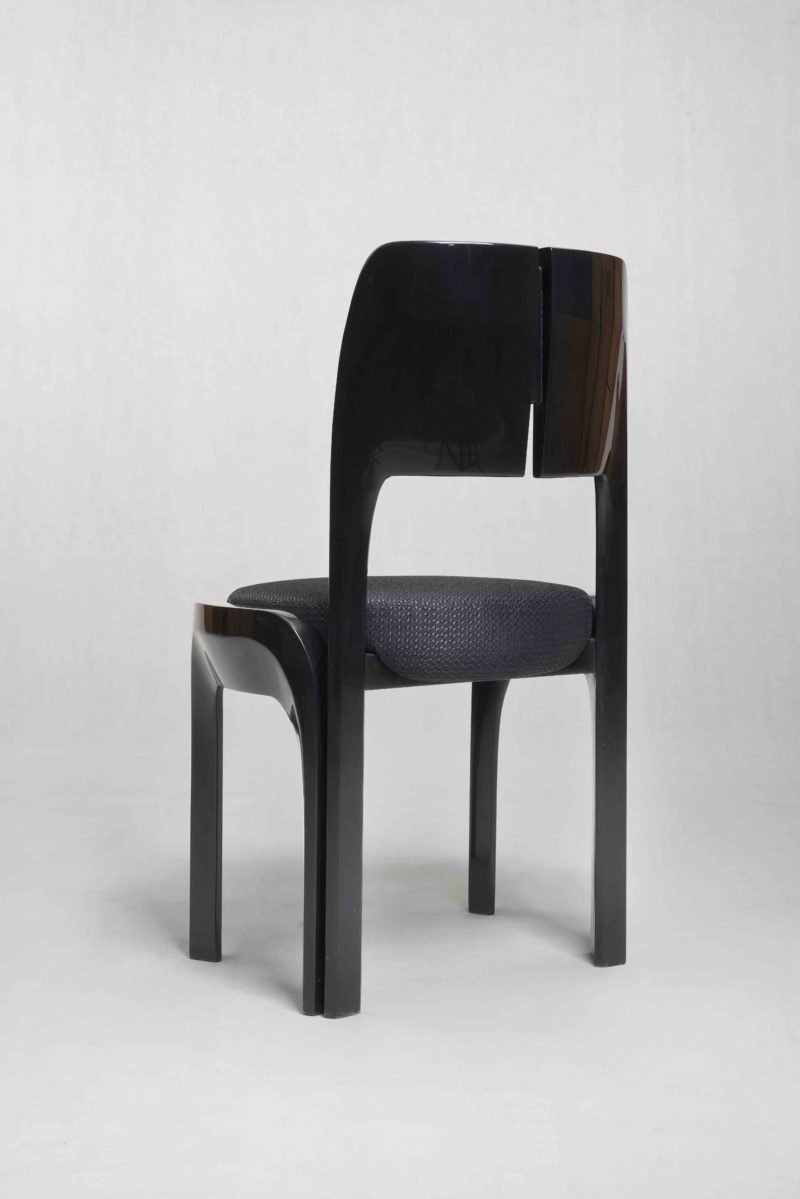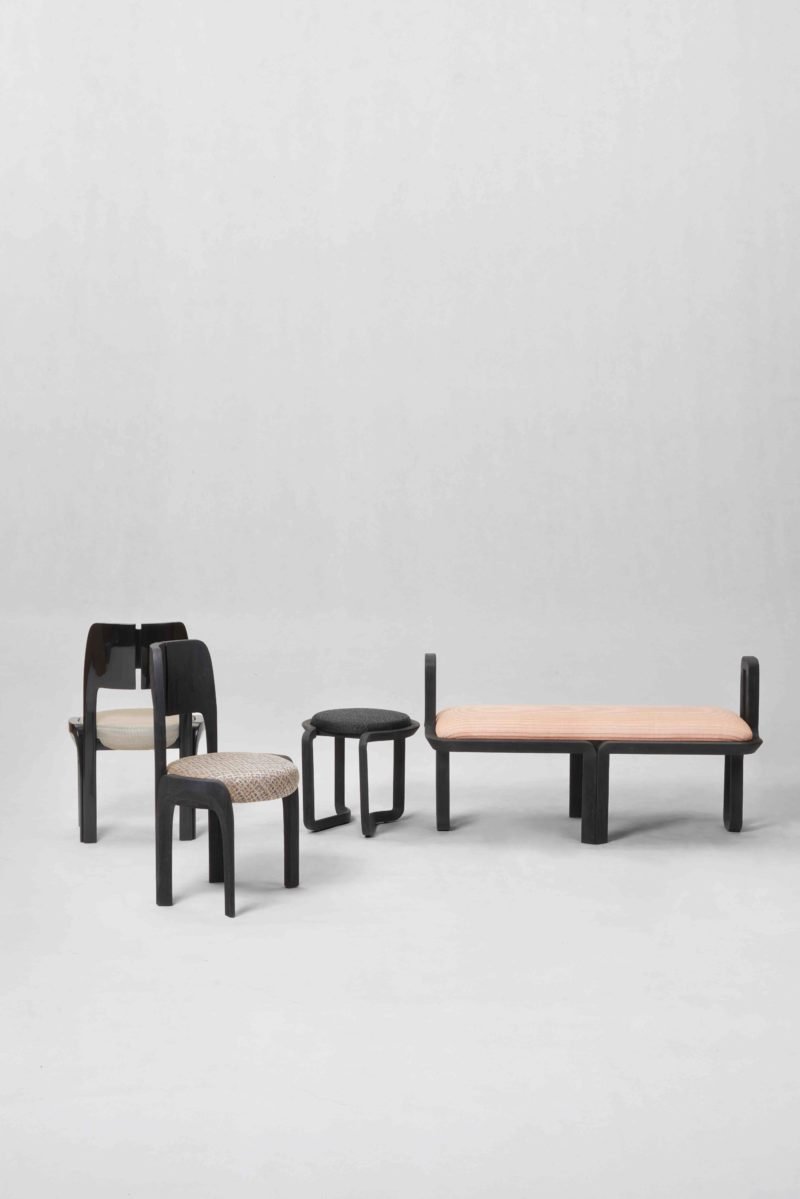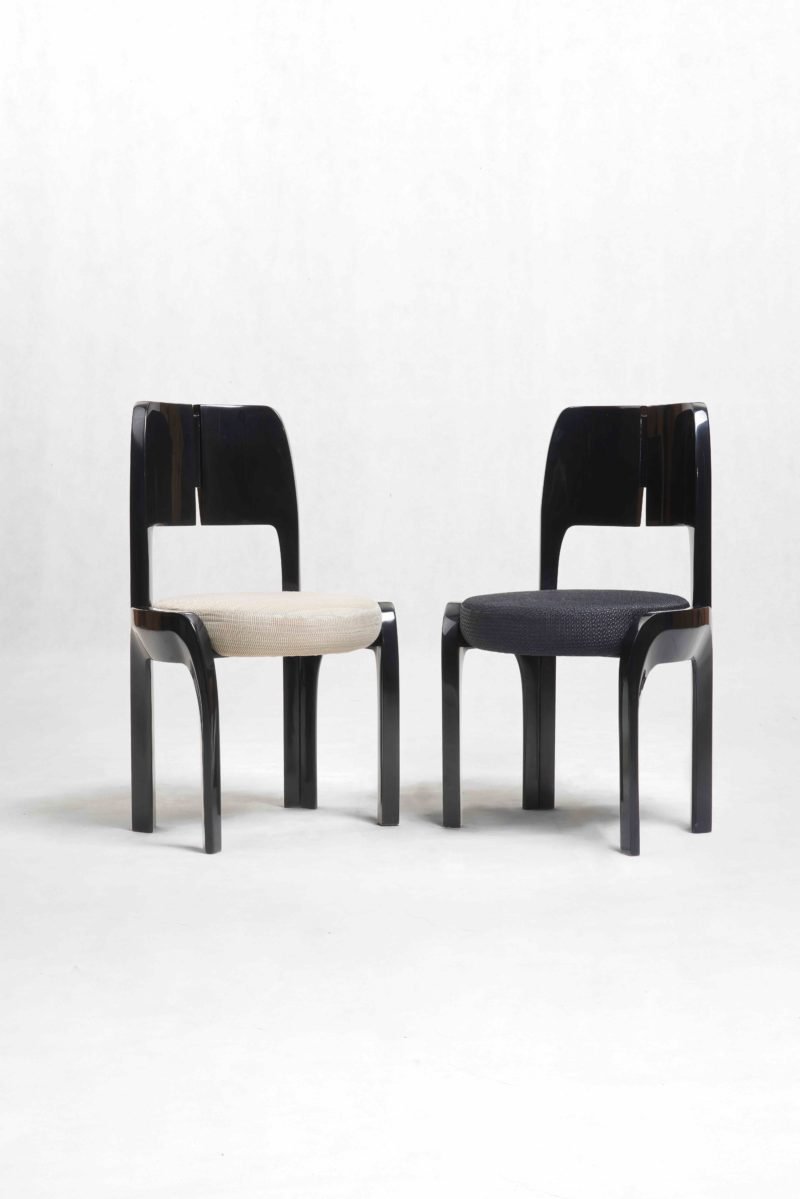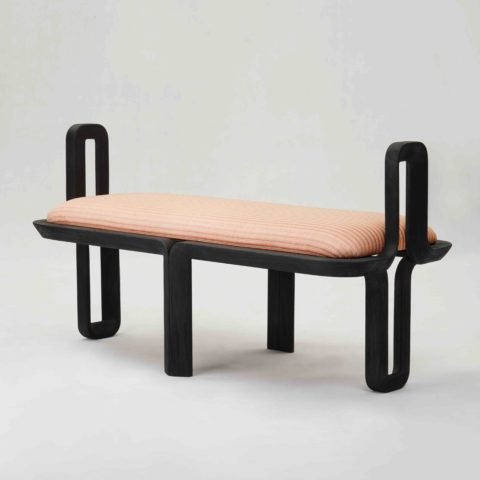Atelier Pendhapa
Ignatio Tenggara (left) and Antonin Hautefort (right)
Atelier Pendhapa was founded in 2019 by architects Antonin Hautefort and Ignatio Tenggara. With their French and Indonesian heritage, Pendhapa is the product of a cross-cultural exchange between the two visionary minds. At the core of everything they do is a steadfast commitment to contextual understanding, a willingness to consider multiple perspectives, and a dedication to engaging their innately human qualities. The name Pendhapa is derived from the iconic vernacular structure found throughout Indonesia that embodies the essence of their practice. This traditional construct is designed for communal gatherings and is adaptable to different contexts, evolving in form and materials in different environments while remaining true to its original essence. They are located in London, Paris, Singapore, and Jakarta, and operate globally. Pendhapa seeks to preserve the art form of conversations, collaborations, and intentionality through the means of buildings, spaces, objects, and furniture. At the heart of Pendhapa’s collective of 26 architects, designers, and makers lies a shared purpose: to explore new territories and create forms that challenge conventions, all while capturing a sense of timelessness, regardless of scale.
Pendhapa Architects always strive to cultivate connections between architecture and its landscape, as well as between different cultures and collaborators. They lead their projects by engaging their human senses and experiences to create soulful and exciting places that embrace the complexities of our world. Their architectural language takes them on a journey through diverse locations and environments. From a glass-brick townhouse in Jakarta to a villa nestled in tropical jungles of Bali, a home on the idyllic Greek islands, or metropolitan projects in London and Milan, Pendhapa Architects aim is to constantly challenge conventional design in new territories and create innovative forms that seamlessly integrate with their surroundings.
Atelier Pendhapa creates furniture and collectible designs that stand the test of time in collaboration with skilled artisans from all over the world. Their deep knowledge of the design and industry, paired with the expertise of craftsmen, spark meaningful conversations that inform and inspire their designs.By working together with local artisans, Atelier Pendhapa prioritizes the use of high-quality materials to craft designs that are enduring in both their appeal and quality. Through their emphasis on timelessness and quality, they strive to reduce the need for frequent replacements or renovations, ultimately minimizing waste and environmental impact. By bringing a level of artistry and craftsmanship to their designs, Atelier Pendhapa aims to ensure their longevity, while also promoting sustainable practices.
Atelier Pendhapa is currently represented by galleries including The Invisible Collection, Zèbres Paris, BOON Paris, Galerie Philia, Love House New York, The Freeman Gallery Sydney and Affluency Singapore. Atelier Pendhapa has been featured in Surface, Design Milk, Haute Living, STIRPad, Aspire Home + Design, and more.
Today, we sit down with Founding Partners Antonin Hautefort and Ignatio Tenggara to learn more about their architecture and design practice.
Where are you from and where do you call home now? AH: I grew up in Paris and have been in London for almost half my life now. It is hard to say what is home anymore but I do believe London evokes a strong sense of home for me today. It has an incredible international network of people who find themselves in the same place. As our studio is based between London, Paris, and Asia, I travel very often from one place to the other and don’t intend to stop anytime soon.
IT: I am originally from Indonesia, but have grown up and lived in different places for many years, specifically Indonesia, Singapore, and London. I believe I will be exploring more places in the future so it’s hard to pinpoint – but I would say London is my home for now.
What was your first memory of architecture/design and/or what inspired you to pursue architecture? AH: As cliche as it sounds, I have a very strong memory of myself sitting in a garden, at maybe 8 years old, and being totally obsessed with how light goes through the leaves of plants… Ever since then, I’ve always felt architecture is essentially about playing with light and understanding how a place can be transformed just by looking at form and materiality altogether.
IT: My first memory is my parents – both my mother and father are architects. When I was 5, they had their offices as part of the extension of the house. I would often sneak in and see the team working. Back then they were still using those manual typewriters and drawing boards. It has always amazed me to see how many groups of people come together to produce a magnificent building that people occupied.
Who are some of your favorite architects and designers? AH: I constantly oscillate between very classical references and very contemporary if not futuristic architectural references. Within one project, we could be looking at 5000 years old Egyptian temples, together with an incredible building by Zaha Hadid or Thomas Heatherwick. Our design is truly intuitive so we always like to expose ourselves a lot to a variety of inspiring designers and architects from all eras.
IT: I would say Zaha Hadid, Amanda Levete, and Future System from the geometric point of view. I love the function of the oblique theory of how shape and space have attributes that can attract our bodies in some ways. And the dynamism of the space they created is stunning. At the same time, Yori Antar is one of my favorite architects from Indonesia because he strongly believes in the timelessness of culture and knowledge that can bring about modernization in architecture development.
What are some of your favorite buildings? AH: There is no doubt a space for the Villa Malaparte in Capri with this question… I think it is bold, alluring, and just incredibly glamorous.
IT: I like Dongdaemun Plaza by Zaha Hadid in Seoul, South Korea for its dynamism. But for a space that I truly enjoy, I like the Lloyd’s Building by Richard Rogers for how striking its architectural language was during that time and for providing a striking contrast to the city of London. I love Fondazione Querini Stampalia by Carlo Scarpa on how the material and serenity of the geometry create an atmosphere of calm and timelessness.
What are some of your favorite cities or destinations to visit for architecture and design? AH: I just came back from a life-changing trip to Egypt, I think it holds absolutely stunning architectural forms and materiality. It is amazing to see how 4000 or 6000 years old architecture in Egypt was truly shaping our experience of space by playing with volume, perspective, play with lightness, and darkness to create a very specific experience of the place.
IT: I love Japan. Japan has a very different and timeless idea of a peaceful space than its western counterparts. The green hue of the light, the hundreds of years old trees surrounding the cities, the temples that live as if they were in the middle of the modern cities. I love this juxtaposition. I also like London for the same reason, the contrast of old architecture with modern ones in the cities gives richness to exploring the places.
What is your daily routine or a ‘day in the life’ look like? AH: Since we work between London and Singapore, I always wake up to 200 emails and WhatsApp – so I like to start my day with a 1h intense workout without even looking at my phone. This puts me in the right mindset to start the day! Then I spend the morning in the studio on meetings or calls and usually reserve the afternoon for design time with Ignatio. Unfortunately, this is a slightly utopic description as we travel a lot and routine is not exactly a part of my reality!
IT: I would wake up early and try to get to the gym or swim. Then get ready, grab a coffee, and head to my working studio. There will be creative work, discussions, calls, and some time alone. And then I would go back home, cook, eat, meditate, and sleep. On weekends, I would wake up, and walk around everywhere until nighttime to explore!
Favorite project? AH + IT: It is hard to say if we can have a favorite project since they are all so different, but I would say that our project in the islands of Greece is tremendously exciting as we are halfway done on-site and at the stage where it is all coming together. The project’s location – a vast Greek desert overlooking the sea – makes for a very bold architectural language that we really enjoyed designing.
Favorite material to work with? AH: We have worked a lot with solid wood because of its incredible sculptural living quality. It is a living material that demands attention and understanding. It is very delicate too and can create forms that no other materials can compete with.
IT: I love minerals and wood because it brings us back to earth.
Who or what inspires you? AH: Everything is an inspiration to us. I think about what we eat, what we dream of at night, what we smell in the street, what we read on holiday, what we talk about with friends, what we see in a garden – absolutely everything is an inspiration for creativity in architecture or furniture design.
IT: Everybody that we’ve and will collaborate with; all the skilled experts, artisans, architects, clients, family and friends, whom I have discussions with and it brings interesting results.
What do you think of sustainable architecture? How are your designs sustainable? AH + IT: I believe at the end of the day, sustainable architecture is one that allows the building to endure across generations, and to be loved by many. A timeless design that eliminates the wasteful demolition of a structure, preserving the valuable energy and materials invested in its construction. Sustainability is synonymous with timelessness.
If you weren’t an architect, what would you be? AP: A gardener without hesitation. I think architecture is essentially constructing a garden but with solid static material. A garden is almost more interesting as it grows and develops over time.
IT: I think I would be a singer, I always love impromptu singing, I am shy but I also like to perform.
Dream travel destinations? AH: I dream of visiting Bhutan. I think our design language is heavily inspired by the search for timelessness and the monasteries of Bhutan seem to convert this sense of permanence within their architecture.
IT: Bhutan!
Dream client? AH + IT: A fearless client that is interested in creating architecture to experiment with designing the space purely with a cultural agenda rather than a commercial one. It is always a bit of a disappointment when one realizes how real estate development and architecture are so strongly bound exclusively for commercial value. I think architecture can be experienced as an experiential landscape and I would dream to create a space for this purpose.
What’s next? AP: We are so excited to be blessed with such an amazing network of artisans from around the world to commission very special architectural elements and collectible designs. This year we are bringing this to the next level by collaborating with some of the most unique skilled artisans in France. We are currently working on a very special piece in straw marquetry which, we promise, will be very special.
IT: I think we are increasingly creating a place of discussion with different artisans that result in very unique design pieces. Similar to architecture…Your studios are based in Europe and SEA. How does each workshop/differ in aesthetics and design?
AP: Interestingly, as much as we try to differentiate one project from the other, there seems to be consistent language in what we draw. While our projects in and between London, Paris, Greece, Singapore, and Bali might have completely different contexts, we are all humans and we try to bring each other together by infusing this international understanding of architecture in all of our projects.
IT: I think we try to implement the best of both worlds, we try to bring quality that we can bring over from Europe to Asia, and similarly from Asia to Europe. The key here is collaboration, it creates synergy for better beginnings.
Anything else we should know or you’d like to share? AP: Thank you! Architecture is a conversation and curiosity altogether. I think it is so important that we don’t stop believing in our own human intuition while designing. I really appreciate the opportunity for us to speak today and I am looking forward for what is to come!
IT: I think whilst in life let us make the best out of it!




